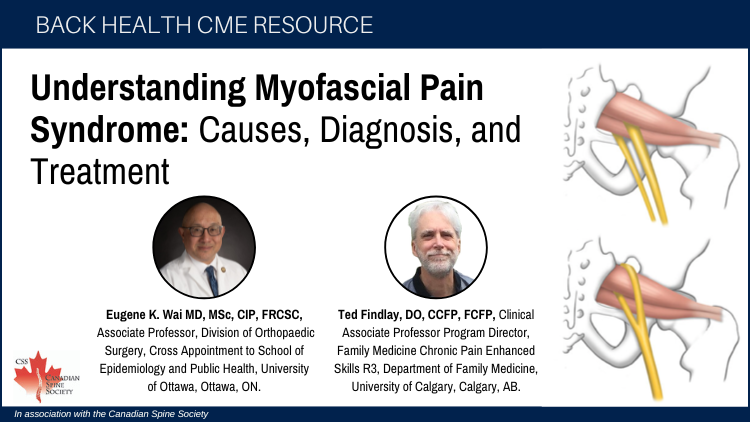1Associate Professor, Division of Orthopaedic Surgery, Cross Appointment to School of Epidemiology and Public Health, University of Ottawa, Ottawa, ON.
2Clinical Associate Professor, Program Director, Family Medicine Chronic Pain Enhanced Skills R3, Department of Family Medicine, University of Calgary, Calgary, AB.

